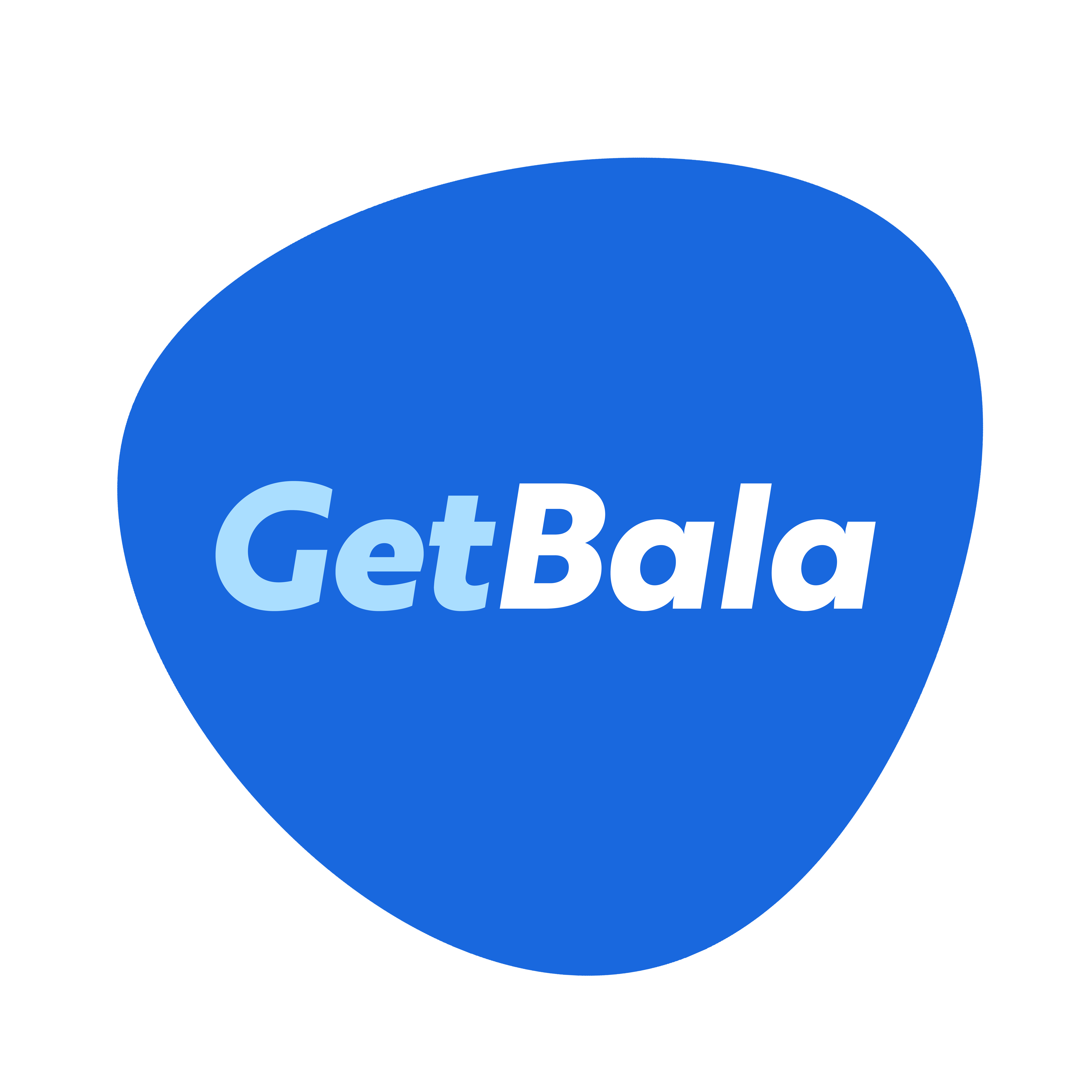
In today's world of RPA (Robotic Process Automation), Bot or botamation platforms are ruled by COTS (Commercial off the shelf), products which come with a very hefty price tag which makes the skill very expensive. These costs add up to make productionization and maintenance very costly. To add insult to injury, most of the business processes which are eliminated by automating are low cost, ranging from ~$10 to $30 per hour, which results very long time to get ROI i.e. spans too many years. That means that sometimes it's more profitable to build it rather then buying it.
Over last few years, multiple open source RPA projects have evolved which gives leaders and practitioners another option for exploring RPA without needing to start completely from scratch on your own, or committing to a commercial vendor before you’ve really had a chance to figure out a strategy.
Open Source isn't about saving money, its about doing more stuff, and getting incremental innovation with the finite budget you have - Jim Whitehurst
One such open source RPA project is TagUI. It's maintained by AI Singapore, a government-funded initiative. It requires zero dollars to get started and to use as its license under apache 2.0 open source license which implies you don't have go through the pain of procurement cycle which generally takes months to acquire software all you need to do is go to TagUI site download and get started. It's built on keyword driven framework meaning it uses natural language-like syntax to develop BOT workflow.

One cool thing about TagUI is that, not only does it work in English, but it also works in 20 other languages. Some of the languages you can write your BOT workflows in include Spanish, Portuguese, Tamil, Thai, Chinese, Serbian, Vietnamese, Polish and many others.
TagUI also seamlessly integrates with Microsoft Power Automate Desktop, and you can set up Word documents for RPA robot deployment using various Microsoft Office add-ons. TagUI uses SikuliX library for OCR and computer vision. Its very useful when the automating process is in a picture driven way, and is also very useful for extracting data from pdf files, emails or images.
Under the hood, it uses Chrome DevTools Protocol, Sikuli, CasperJS, PhantomJS & SlimerJS.
Architecture

TagUI supports Javascript, R and Python. JavaScript & Python code can be used directly in TagUI workflows. Functions can be created to handle commonly recurring situations. It can be leveraged along with machine learning algorithm libraries for processing, enriching data, and applying artificial intelligence.
TagUI workflows can be executed in UI or headless modes through Command line CLI. It also can perform REST API and Advanced API calls in Windows, MacOS and Linux operating systems. The developed workflow also has a very small footprint and is portable, irrespective of different modes.
Key features :
- Automate Chrome visibly or heedlessly
- Visual automation of websites and desktop
- Write in 20+ human languages & JavaScript
- Chrome extension for recording web actions
- R & Python integration for big data / AI / ML / DL
- CLI, REST API, advanced API calls, all covered
Conclusion
TagUI is an easy to learn RPA tool that anyone can get up to speed and run in few minutes. It's also very good for anyone who is learning RPA. TagUI was able to make RPA accessible, yet powerful, while also free of cost. As more contributions occur and the community grows, it can have ability to become a project similar to the Selenium Open Source Project.
